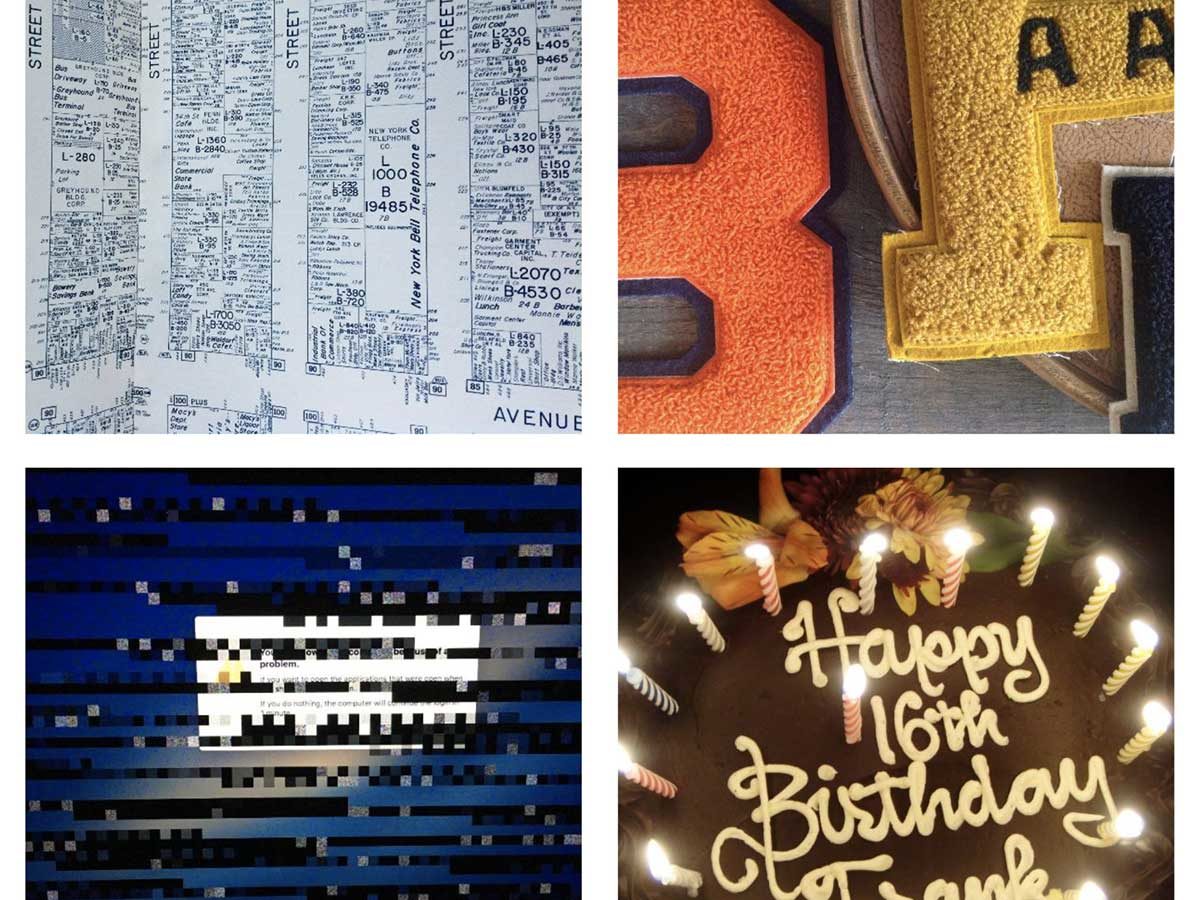Jeanne Criscola
Assistant Professor
Central Connecticut State University
Much has been theorized about the transformation of communication from cave paintings to written language and how humans employing materials and technologies impacted their evolution. In 1493, Johannes Gutenberg’s technologies marked a milestone for communication and its distribution with the mechanization of movable type printing. The transition from hot type that went obsolete in the 1950s, to cold type that met its demise around 1985 with desktop publishing, was short-lived. Now, digital typesetting technologies offering myriad configurations of size, font, and layout—in seemingly infinite spectrums of color—present limitless opportunities for the practice of communication design.
This fusion of type and color presents challenges for pedagogy and discourse in the fields of typography and color where they have historically been considered separately in books and in coursework. In typography books, examples typically use letterforms in varying degrees of sizes and contrast to demonstrate colors’ influence on legibility. In books on color theory, the properties of color are often demonstrated with pie-shaped diagrams, color wheels, grids, and in continuous bands. Each pedagogy falls short of modeling today’s communication technologies where typography and color are intrinsic, inseparable, and synergistic.
Methodologies that facilitate the study of typography and color in context and in situ would be welcome by educators and professionals alike. For educators, infusing color theory into the study of typography has advantages for curriculum and course development. For the design student, learning color theory with letterforms integrates their study and practice.
This paper sets out to initiate a synthesized, inductive approach using Johannes Itten’s contrast of extension and Joseph Albers’s experimental color studies in application to the visual gestalt of typography.
This research was presented at the Design Incubation Colloquium 6.1: Quinnipiac University on October 5, 2019.
